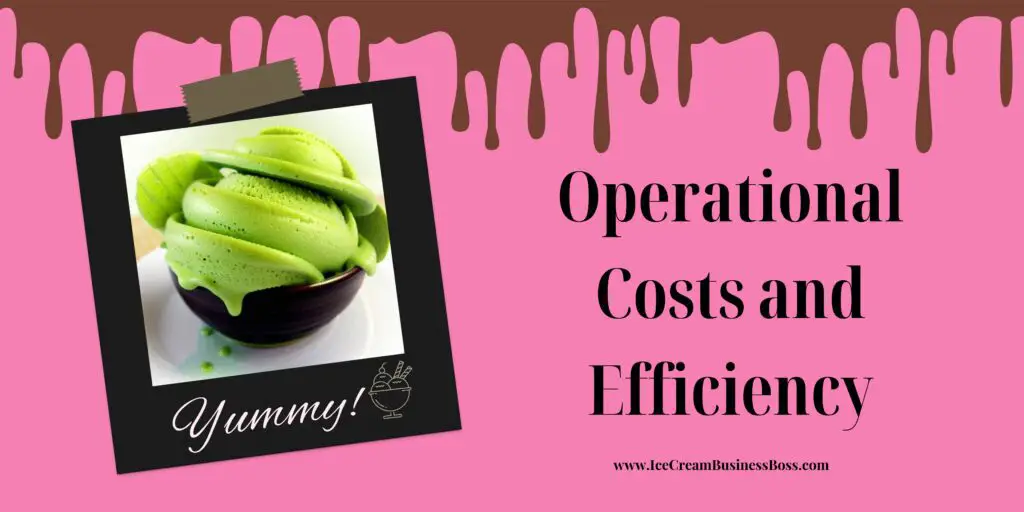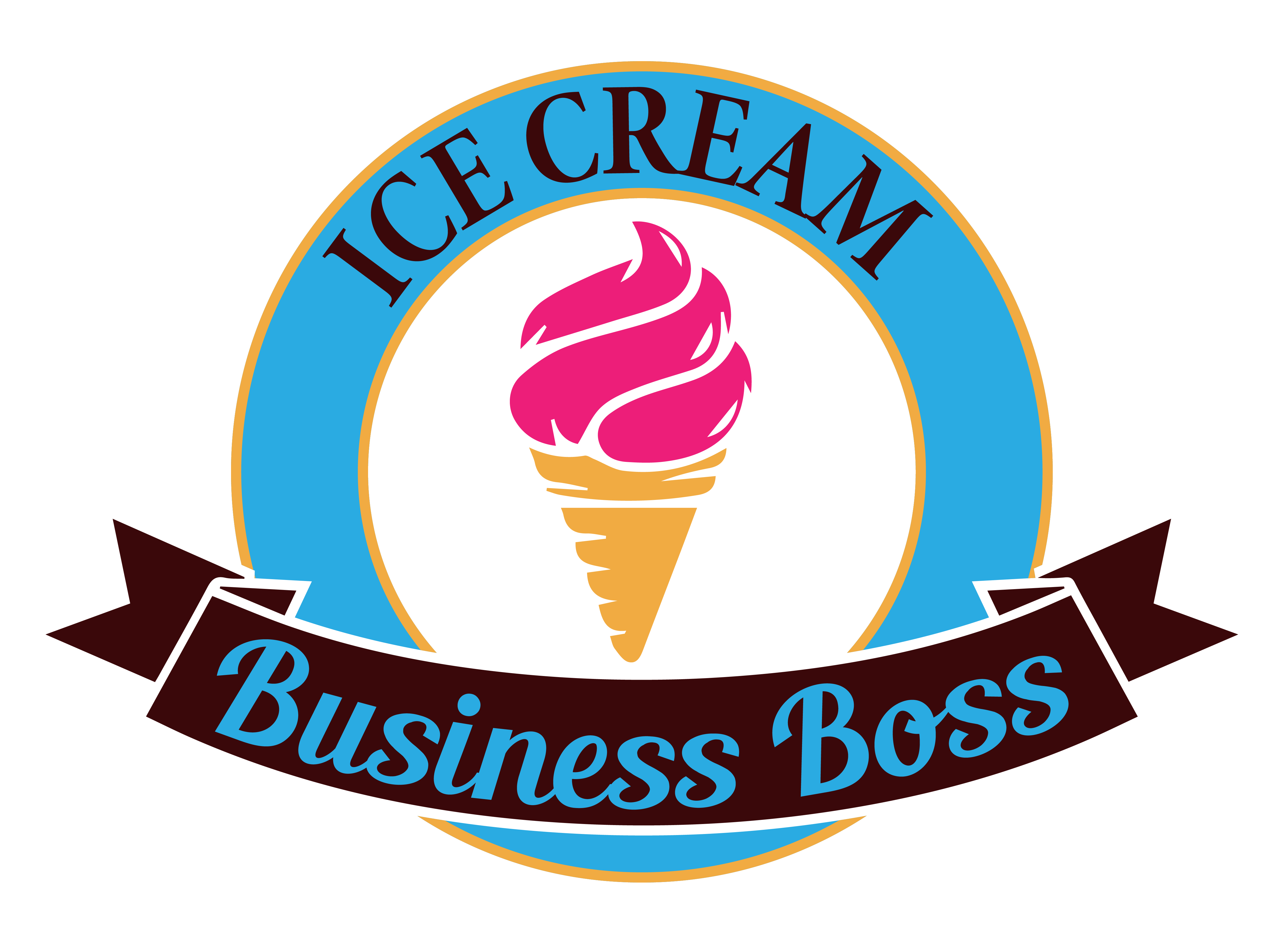Few culinary pleasures have caught the imagination and taste buds of consumers quite like folded ice cream. This frozen delicacy has become a sought-after treat due to its aesthetic presentation and adjustable flavors. Behind the enticing swirls and tasty toppings is a business landscape rife with opportunities. As entrepreneurs and dessert fans alike look to the realm of rolled ice cream, the question arises: What does it take to turn this delectable treat into an income-generating venture?
To effectively start a rolled ice cream business, you should begin with a thorough analysis of factors like location, pricing, customer demand, and operational costs. Effective management could yield attractive returns, but market competition and seasonality also play crucial roles.
Thorough Analysis: The Cornerstone of Growth
Starting a business that sells rolled ice cream requires a strong knowledge base and thoughtful preparation. The first stage that demands the utmost attention when you begin this exciting endeavor is carrying out a careful analysis of the market and industry trends. Understanding the rolled ice cream market’s characteristics is crucial for a launch in a society where culinary experiences are highly valued.
The location of your rolled ice cream business is one of the crucial factors that needs to be carefully taken into account. It is impossible to emphasize the importance of choosing a premium location because it can have a significant impact on how your firm develops. Critical elements that have a direct impact on your ability to draw clients are foot traffic and visibility.
High pedestrian traffic areas, such as crowded shopping centers, well-traveled streets, and exciting tourist locations, can be the ideal location for your rolled ice cream business. These areas provide a ready-made consumer base and a better chance of drawing notice from onlookers. Making the right choice is crucial because the location’s accessibility and convenience can have a big impact on your company’s performance.
Along with location, your pricing plan is quite crucial. It is crucial to thoroughly investigate and comprehend the pricing strategies of your local competitors. You may use this analysis to find out how much rolled ice cream costs on average in your neighborhood, which will help you position your pricing plan effectively.
It’s a tricky endeavor to strike a balance between keeping your firm gainful and keeping your products affordable for clients. While making sure that you can pay for the price of the ingredients, the equipment, and the salaries of your personnel, your pricing structure should represent the distinctive value proposition of your rolled ice cream options.
The price of the ingredients is an important factor to take into account because premium ingredients enhance the flavor and appeal of your creations made of rolled ice cream. Although purchasing fresh, premium materials may be more expensive, it can help your company stand out in a crowded market. Using top-notch machinery made expressly for making rolled ice cream will improve the speed and reliability of your manufacturing process, which will ultimately affect the caliber of your products.
Consider the costs associated with running your business when you determine your pricing. This covers overhead costs including rent, utilities, marketing expenses, and employee salaries. It’s critical for the long-term viability of your rolled ice cream business to make sure that your pricing makes up for all of these expenses while also enabling you to make a respectable profit margin.
Check out this article to learn more about the profit of a soft-serve ice cream business.
Understanding Customer Demand: The Key to Achievement

Any firm that succeeds must be able to satisfy consumer requests and provide a positive customer experience. Understanding your target market’s preferences and tastes in-depth is an essential step that can have a big impact on the growth of your rolled ice cream company. You can make sure that your rolled ice cream offerings are popular with your clients and lay a solid groundwork for the expansion of your company by investing time and energy into this pre-launch research.
It’s crucial to have a thorough idea of what your potential clients need before you even churn your first batch of rolled ice cream. Surveying people online and offline can reveal important information about their tastes, dietary needs, and aspirations. By adjusting your menu options to these tastes, you can make sure that you are presenting flavors that are appealing to your target market.
Participating in online chats and keeping an eye on social media trends can also reveal important details regarding popular flavor trends and the kinds of rolled ice cream creations. Social media sites like Instagram and TikTok are frequently flooded with food-related material, so looking at postings about rolled ice cream might give you an idea of the flavors and aesthetic trends that are becoming more and more popular. You may add cutting-edge and fashionable items to your menu that attract potential clients by keeping an eye on current trends.
Customization is one of the hallmarks of the rolled ice cream experience. This frozen dessert craze is known for allowing consumers to create their special concoctions using a range of base flavors, add-ins, and toppings.
This feature not only allows clients to customize their orders but also distinguishes your company from rivals that might provide more predetermined possibilities. By providing a variety of flavors and toppings, you provide customers with a blank canvas on which to use their imagination to create the perfect rolled ice cream masterpiece.
Beyond only tastes and toppings, the customization aspect includes taking into account dietary preferences and constraints. By providing dairy-free, gluten-free, or even vegan options, businesses can cater to a wider range of clients without sacrificing their dietary preferences. This inclusiveness not only increases your consumer base but also shows that you are dedicated to meeting the demands of all customers.
The process of customization encourages your clients’ participation and excitement. They participate in the culinary creation process as co-creators, developing a bond with your brand and feeling satisfied that their preferences were met.
Operational Costs and Efficiency

The long-term viability of your rolled ice cream business depends on your ability to effectively manage operating expenditures. Even though creating mouthwatering frozen delicacies is your passion, keeping your company financially sustainable needs a careful approach to expense control. You can negotiate the complexities of running your firm while preserving profitability by meticulously reviewing and strategizing around numerous cost concerns.
Before anything else, it is crucial to perform a careful analysis of the costs related to running your rolled ice cream business. Sort the expenses into groups like ingredients, hardware, rent, utilities, and staffing. Each of these elements is crucial to your company’s financial stability and needs careful consideration.
Your rolled ice cream masterpieces’ heart and soul are their ingredients. Choosing premium components helps your items taste great and look good overall. However, the price of the materials might have a big effect on your revenue. It’s crucial to strike a balance between quality and cost-effectiveness. To get the best deals from suppliers, do your homework and bargain hard without sacrificing the superior quality that makes your products stand out.
Another significant cost is the equipment investment, which includes the specialized equipment needed to make rolled ice cream. Think carefully about how much it will cost to buy and maintain this equipment, taking into account prospective upgrades and repairs. Making sure that your equipment is properly maintained and used can increase its lifespan and reduce unexpected costs.
Fixed expenses like rent and utilities must be properly managed. As was already said, picking the correct location has a direct impact on these prices. Your operational overhead can be decreased by negotiating advantageous leasing terms and implementing energy-efficient procedures.
In cost management, the human factor is equally important. Your operational expenditures may include a sizeable amount of staffing costs, such as salaries and benefits. Make sure your team is the right size to handle consumer demand by carefully evaluating your staffing needs. Effective training of your personnel is essential for streamlining workflow and ensuring consistency in product quality.
You must perform a thorough financial analysis to establish the minimum amount of sales necessary to pay expenditures and achieve profitability. To determine your break-even threshold, take into account both fixed and variable expenses. With this information, you are better equipped to develop price plans and realistic sales targets that support the financial goals of your company.
Controlling expenses requires operations to be as efficient as possible. It is crucial to streamline the production process to lower costs and increase customer satisfaction. Your staff’s ability to operate precisely, minimize errors, and improve the production flow is ensured by effective training. This makes it possible for you to quickly serve consumers and fulfill their demands for speedy service and wholesome fare.
Efficient demand forecasting can reduce ingredient waste. You can correctly estimate customer preferences and modify your ingredient orders by examining historical data and seasonal trends. In addition to lowering unnecessary costs, doing this guarantees that you always have the required materials on hand to satisfy client demand.
Understand how the profit margin of an ice cream shop business works by visiting this article here.
Navigating Market Competition and Seasonality

Effective business management is unquestionably essential if you want to achieve attractive profits. However, it’s critical to understand that the level of market rivalry can have a big impact on how well your rolled ice cream business does. The world of rolled ice cream is no exception to the strong competitiveness that characterizes the food sector. To handle the opportunities and challenges given by the competitive market, it is crucial to maintain a close eye on your competitors, both direct and indirect.
The first step in creating a competitive advantage is to thoroughly investigate your rivals. You can learn information that helps you make decisions by examining their advantages and disadvantages. Businesses that sell comparable rolled ice cream goods in the same market are considered direct competitors. You may position your company differently and find holes you can fill by understanding their menu options, pricing policies, and client involvement initiatives.
On the other hand, indirect rivals are companies that provide distinct goods while catering to the same client preferences or situations. For instance, classic ice cream stores or dessert boutiques might not sell rolled ice cream but still draw the same clientele. You can extend your vision and find areas where your rolled ice cream company can provide something unique or inventive by being aware of the presence of indirect competition.
With the knowledge gained from your competitor analysis, you can establish business strategies that set you apart from the competition and result in a compelling value proposition. Your strategy should play to your strengths while addressing the flaws of your rivals, whether that means developing novel flavor combinations, highlighting premium products, or stressing individualized client experiences.
It is crucial to comprehend the seasonality aspect of the rolled ice cream industry. Weather factors and shifting customer preferences can cause seasonal changes in the demand for frozen foods. People tend to seek cooling sweets more during the warmer months, whereas sales may slow down during the winter months.
You can negotiate these adjustments by anticipating these seasonal fluctuations and making plans in advance. To encourage customers and sustain steady revenue streams, think about launching promotional activities during slower times.
Customers seeking out particular flavors or themes can be attracted by creating seasonal offerings that reflect seasonal interests. You may better manage revenue and keep a healthy business operation by adjusting to these changes and creatively meeting client wants throughout the year.
Frequently Asked Questions
What are the most important variables to consider while locating my rolled ice cream business?
A good location is essential for growth. Choose high-traffic places, such as shopping malls, busy streets, and tourist attractions. To efficiently attract clients, and ensure visibility and accessibility.
How can I figure out the best price for my rolled ice cream products?
Investigate your competitors’ prices in your area to build a baseline. Consider ingredient costs, equipment costs, and employee compensation. Strive for a happy medium between affordability and profit margins.
How can I control the seasonality impact on my rolled ice cream business?
Plan ahead of time to account for seasonal variations. To entice customers during slower times, offer seasonal incentives, limited-time flavors, or themed events. This can help to mitigate the impact of seasonality on your company’s sales.
The information provided by IceCreamBusinessBoss.com (“The Site”) is for general informational purposes only. All information on the Site is provided in good faith, however, we make no representation or warranty of any kind, express or implied, regarding the accuracy, adequacy, validity, reliability, availability, or completeness of any information on the Site. Under no circumstance shall we have any liability to you for any loss or damage of any kind incurred as a result of the use of the Site or Reliance on any information provided on the Site. Your use of the Site and your reliance on any information on the Site is solely at your own risk. This blog post is for educational purposes only and does not constitute legal advice. Please consult a legal expert to address your specific needs. Terms and Conditions.

Hi! I am Shawn and I am a happy individual who happens to be an entrepreneur. I have owned several types of businesses in my life from a coffee shop to an import and export business to an online review business plus a few more and now I create online ice cream/gelato business resources for those interested in starting new ventures. It’s demanding work but I love it. I do it for those passionate about their business and their goals. That’s why when I meet a ice cream/gelato business owner, I see myself. I know how hard the struggle is to retain clients, find good employees and keep the business growing all while trying to stay competitive.
That’s why I created Ice Cream Business Boss: I want to help ice cream and gelato business owners like you build a thriving business that brings you endless joy and supports your ideal lifestyle.

